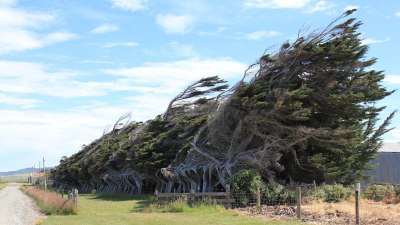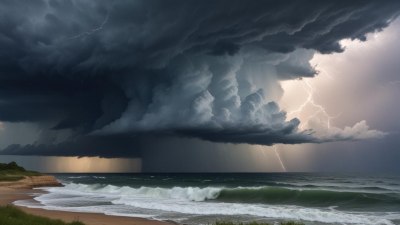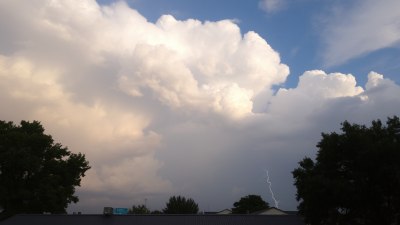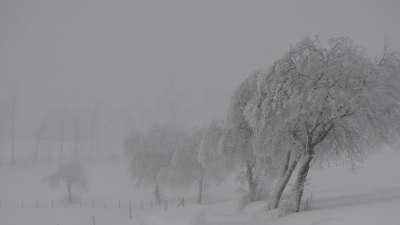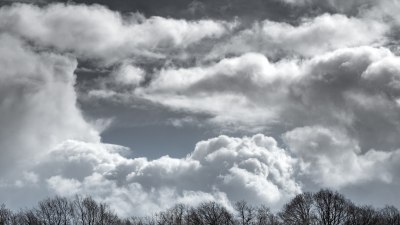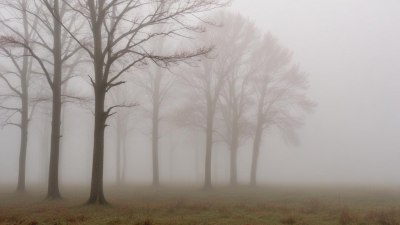How Fast Can Snow Accumulate
Discover the processes that influence snow accumulation rates and the factors that impact them.
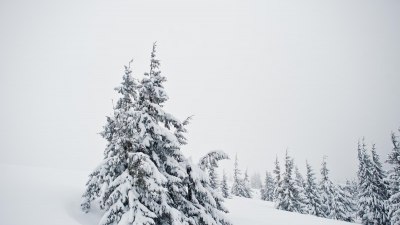
Image by asphotofamily on Freepik
Snow accumulation is a fascinating phenomenon that varies widely based on numerous meteorological factors. Understanding how fast snow can accumulate is essential for many industries, including agriculture, transportation, and outdoor recreation.
In this article, we will explore the various elements that contribute to the speed and volume of snow accumulation, from temperature and humidity to wind patterns and precipitation intensity.
The Science of Snow Accumulation
Snow forms when atmospheric conditions are conducive to the process of crystal formation. For snow to accumulate effectively, several conditions must align, primarily temperature and moisture in the atmosphere. When temperatures drop below freezing, moisture in the air can condense and freeze into snowflakes. The accumulation rate hinges on the intensity of this moisture, which is directly related to weather patterns.
Factors Influencing Snow Accumulation Rates
Several key factors affect how quickly snow accumulates in a given area:
- Temperature: Colder temperatures typically lead to faster accumulation as snow crystals can form more readily and remain light and fluffy.
- Humidity: Higher humidity levels in the atmosphere can enhance snow production, as there is more moisture available to freeze.
- Precipitation Intensity: Heavy snowfall can lead to rapid accumulation rates, while light flurries may only contribute a small amount of snow.
- Wind Patterns: Wind can either contribute to or hinder snow buildup. For example, strong winds may blow snow crystals away from the accumulation site, reducing overall totals.
- Geographical Location: Regions such as mountains often experience greater snow accumulation due to orographic lift, where moist air is forced upwards, cooling and condensing.
Case Studies on Snow Accumulation
To give a clearer picture, let’s examine several case studies that illustrate rapid snow accumulation in different geographical settings.
The Sierra Nevada
The Sierra Nevada mountain range in California is renowned for its heavy snowfall. During winter storms, snow can accumulate at rates of several inches per hour. A study conducted during the winter of 2016-2017 noted accumulation rates of over 10 feet in just a few days due to a powerful atmospheric river bringing moisture from the Pacific Ocean. These events demonstrate how well the previously mentioned factors play together.
New England Snowstorms
New England is another region where snow accumulation can be significant. In February 2021, a blizzard hit the area, dropping over two feet of snow in some towns. Snow fell at a rate of 3 to 4 inches per hour in some areas, driven by strong easterly winds and abundant moisture associated with a nor'easter. The combination of these factors led to rapid accumulation and significant disruptions.
Impacts of Snow Accumulation
The speed and volume of snow accumulation can have significant impacts on local communities and industries.
Transportation and Infrastructure
Rapid snow accumulation can disrupt transportation networks. Roads can become impassible, and airports may shut down as snow overwhelms snow removal efforts. Similarly, heavy snow load on structures can compromise roofs, leading to potential collapses if not managed properly.
Recreation
Snow accumulation is vital for winter sports and recreation activities such as skiing and snowboarding. Resorts depend on consistent snowfall to attract visitors. Conversely, too much snow too quickly can lead to avalanche risks, creating dire safety concerns for outdoor enthusiasts.
Climate Change and Snow Accumulation
As the climate changes, patterns of snow accumulation are also evolving. Some regions are experiencing less snowfall overall, while others may be seeing shifts in the timing and intensity of snow events.
Long-term Trends
Climate change is causing warmer winters, which, paradoxically, can lead to heavier snowfall in some areas due to increased moisture in a warmer atmosphere. However, this may not be the case in all regions, as many places are experiencing diminishing snowpacks.
Predictive Models
Scientists are utilizing advanced meteorological models to predict future snowfall patterns and their related accumulation rates. These models take into account various climate scenarios to understand how snow might behave in the future, which can help communities prepare for changing conditions.
Snow accumulation rates can vary significantly depending on a variety of factors, including atmospheric conditions and geographical influences. Understanding these processes is crucial for managing the impacts of snowfall on transportation, recreation, and community safety. As climate change continues to shape our weather patterns, staying informed about snow accumulation trends will be essential for adaptation and preparation.

